
farcego
-
Posts
120 -
Joined
-
Last visited
Content Type
Profiles
Forums
Store
Help Articles
Posts posted by farcego
-
-
On 11/29/2021 at 1:33 PM, liuzhou said:
I think that unlikely. More probably targetting Chinese (or other Asian immigrants) to Australia.
You are wrong. The "local" Chinese (or Asian) have their 'own' stores/restaurants far away from the fancy waterhouse, better prize frozen; I use to go to their stores as the fainthearth Aussie stores won't have in the counter simple stuff like sheep brain etc. I have never seen a kind of "local asian" inside one of these places; in fact, a couple of them I use to visit stop having them for sale after the ban for tourist and foreigners into Oz.
-
9 hours ago, liuzhou said:
Abalone
鲍鱼 (bào yú) Haliotis, Abalone are not to be confused with halitosis, which is something very different. Whether eating haliotis causes halitosis is not for me to speculate.
The little muscles of sea snail are a luxury item here. To say they are tough is to be polite.
They are sold cleaned but have to be trimmed of their outer skin, then sliced thinly and beaten into submission. This can take some time and effort, but you will eventually feel that muscle relaxing (unless you have given up in disgust after the first hour).
Then they can be eaten as sashimi, if that is your preference. Or they can be cooked in one of two methods.Either they can be flash fried at high heat for mere seconds (about 5 on each side*) or they can be slow -cooked in not quite simmering water (92-95℃ 198-203℉) for up to six hours. For obvious reasons, I’ve only ever used the former method.
That said, I’ve only ever cooked them once. Too much trouble, but I will have them in restaurants. They are said to taste like foie gras crossed with scallops. Hmmm.
*Some online sources suggest up to two minutes per side. That seems excessive to me.
They are, I’m told, sold canned (not here) but I can’t comment on how good they are. I avoid cans.The only abalone product I do sometimes use is this abalone sauce, which is an upmarket variation on oyster sauce.
I had hips of those (both the black and green lip ones) back in Tasmania, where it use to be a big business for those lucky enough to have commercial license, as they (together with the crayfish) were mostly shipped to china (I guess abalone business may be as down as crayfish in what matters to AUS-China state of affairs, as in the last year they became in local seafood shelves around Hobart supermarkets).
I have never liked much (probably got tired of them), but I have sen them canned (small ones) labeled both in English and Chinese, maybe targeting Chinese tourists. As far as I've been told, some abalones, dried in an specific way, are most priced; a matter of texture.
cheers
-
 1
1
-
-
On 11/26/2021 at 2:03 AM, liuzhou said:
Another mystery today. These are labelled as 黄尾鱼 (huáng wěi yú) which translates as “Yellowtail fish’. Given that hundreds of different species are labelled as ‘yellowtails’, this is less than unhelpful.
They are about 15 – 18 cm / 6 - 7 inches long and I would classify them as an oily species, similar in taste to mackerel, but not so strong. I like them a lot and would love to finally nail down an identification.
They are usually gutted and fried whole, but would work well on a grill, too I suppose.
That's a type of jack mackerel, both based on its physical appearance and from your description of taste (I have fish them extensively both in Europe and in Australia).
You may get the exact species you get from their genus page in Wikipedia, because they may came from anywhere, not necessarily from near chinese waters: https://en.wikipedia.org/wiki/Trachurus
cheers
Edit: my mother use to eat the large ones open (butterfly) in the oven, throwing some garlic, olive oil and salt on top of it, and even sometimes, a bit of red vinegar. Smaller ones at home classically eaten deep fried.
-
On 9/5/2021 at 6:27 PM, liuzhou said:
I have never found another language which displays this disparity between animal and meat.
It was kind of weird to me at first, because I found it after I moved overseas and start to deal with English language "for real". The first big deal was looking and asking where the "milk products" section was in a supermarket, and I was sent to the fridge with milk. Of course, I was looking for the dairy section.
Right now, i kind of like the distinction, and the origin of it. We don't have the distinction in spanish, but there are few examples, Deer -- Venison, for example. We have ciervo (deer), and venado (both deer and venison, used mostly in the game world, but also in restaurants, the origin of the world of course is the same as for venison).
We do however have a clear two-world for fish. When it is in the ocean/river/lake, it/they are pez/peces, and when it/they are in the market, or in a restaurant menu, they are called pescado/pescados. The verb "to fish" is said "pescar", and, literally, "pescado" is a common past form than can mean "I have fished" but also "it (the fish) has been fished", so that could be the origin of the distinction.
cheers
-
 2
2
-
 1
1
-
-
1 hour ago, heidih said:
Agronomists all over the world have been studying this phenomenon and working on breeding programs for many years. Plants, insects etc are way more adaptive than us mere humans. Seed control by Big Agra is a serious issue. But food scarcity is global and farmers become the indentured servants of the seed companies in order to survive. Monsanto started brainwashing us as kids with the Monsanto exhibit at Disneyland, and oh those Beyer ads with the baby aspirin bringing relief by virtue of this benevolent company. The plant scientists are promoting alternate weed management techniques but, as with most things, its success is financially dependent.
Can you please properly develop the ;ast sentence? the alternate weed management promoted by scientists?
Thanks in advance
-
5 hours ago, gfweb said:
@weinoo gluten intolerance and celiac have been around for ages. Detection/awareness has just gotten better.
And of course, in the past, people used die for many reasons that were unknown (including giving more bread to the young kid that developed intolerance to gluten, and their parents could only think of feeding him better and or more, trying to help him because nobody knew at that time what was affecting the kid was the gluten)
We are expecting to have more and more of this type of health disorders. It is as simply as because now people affected by these serious intolerances that used to die in the past, now they survive, live, and have more kids, and in many cases, we just talk about genetics....
We all will die. Don't spent too much time to think on weird and or conspiracy. If you don't die for lack of higyene while being born, you may die by starving as a kid, or from a flu. If not, you may got injured while hunting (in the old ages, think about it).
What happen when your society has do a great job of fixing the classic way of dying? You/we will still die. And then "new" ways of dying (that existed too 100.000 years ago) became more prominent, because breaking a bone is no longer a classic way of dying......
cheers
-
 1
1
-
-
Terrific thread @Duvel
I am also back recently to Spain (to the Cantabric coast), and i can see a few things in common, like going for snails, , cured meats, local beans (I still need to get my local bottle of Spinaler sauce
 ), well, a kind of stuff one can always enjoy when being around... Nice weather, family, holidays, and fine foods... what else?
), well, a kind of stuff one can always enjoy when being around... Nice weather, family, holidays, and fine foods... what else?
Keep updating here, please, I also liked a lot some of "the little one" pics, always eating, probably well educated on fine foods since earlier by his dad 😜
-
 2
2
-
 1
1
-
-
making infiltration into the meat is a slow process, like curing (think about the cost of 1 year vs 2years or 3 years dry cured meat). The flesh regulates its concentration using sodium-potasium pumps,and they require energy (ATP), and being "alive" tough. Otherwise it will be really slow.... and that's why curing meat is always a slow process, and for good ones, bacteria etc.
Other tissues, like connective, are more friendly to interact/benefit from marinades, and they are everywhere too, surrounding the muscular packages etc of what we normally call meat. They are the friendly ones to get more flavors and liquids from our marinades.
I personally avoid touching/cleaning/rinsing anything to be cooked with just freshwater. Not for me.
cheers
-
On 8/11/2021 at 12:05 AM, Duvel said:
I am not sure I understand this sentence: You are used to get premium anchovies in Spain and now you don’t (wherever you are) or you are used to get the premium stuff (wherever you are) and now in Spain you get the cheap stuff. The former I easily understand, the latter would raise a few questions …Sorry for a late answer, I am also quite busy back home after 10 years abroad.... in regards the message, yes, my bad. I'll try now better:
I am quite used to the premium ones since a kid (in fact I have make them sent to me over 17.000 Km overseas from Santoña, North spain, to the fartest corner of Australia, last time just a few month ago).
So now back to an area where anchovies are ubiquitous and part of our food culture (thanks to the Italians 100 years ago), I want to make a progression taste of anchovies from the cheapest ones that cost really nothing towards the top ones that may go up to some euros per fillet (you can get the cheap salty stuff from much lees than 1 euro per small tin).
Of course It does not mean I am eating all the cheap ones that came in every tin (but I already have some good surprises). Some that I am rating not worth at all, may end up being good enough for a basic anchovy mayo or butter.... but I guess not.
Please, feel free to make any question you may have, I am taking that as a personal, funny thing to do with respect of a product I really enjoy and have been eating so long

cheers
Fer
-
 1
1
-
-
Being used to go for premium anchovies, after my recent arrival to Spain, I am getting the cheapest anchovies possible here.... and while some are stuff that I would not dare to offer to my worst enemy (if any), I have already found really pleasant surprises for their cost. Still many brands to "taste", and expect to go up in the prize tag as I got ridden of the cheap stuff towards my average, good ones, anchovies and the top ones, I may open a post here about them once I get a larger number of brands and price tags. I am keeping track of mi impressions, so it may be something fun after all the salty, mushy, unpalatable ones I have already had.
-
 2
2
-
 1
1
-
-
21 hours ago, AlaMoi said:
That would actually end the problems of overfishing, as most people eat fish without knowing to id the species they are eating, and too often, already deboned, skinned etc.... they buy a long piece of seafood with a name

But seriously, even if someone cannot id what is buying, or even recognize the taste (it may be his/her first trial, or just to pretend), that cannot justify the fraud.
-
4 hours ago, heidih said:
Can you remind me where ou live that you get such beautiful intact scallops?
I live in the beautiful Apple Island - Tasmania, where recreational license allows divers to get up to 50 scallops per day (for now, I am leaving next week)
-
 5
5
-
-
-
7 hours ago, haresfur said:
This brings up the great cultural divide between people who say "parma" and people who say "parmi"
I just know them as chicken Parmi, down here in the Apple island. Didin't know thwere were chicken parmi wars, as paella wars hahahaha
-
On 7/9/2021 at 12:55 AM, liuzhou said:
Coincidentally, I was thinking about figs today after seeing these which an itinerant vendor was carrying.
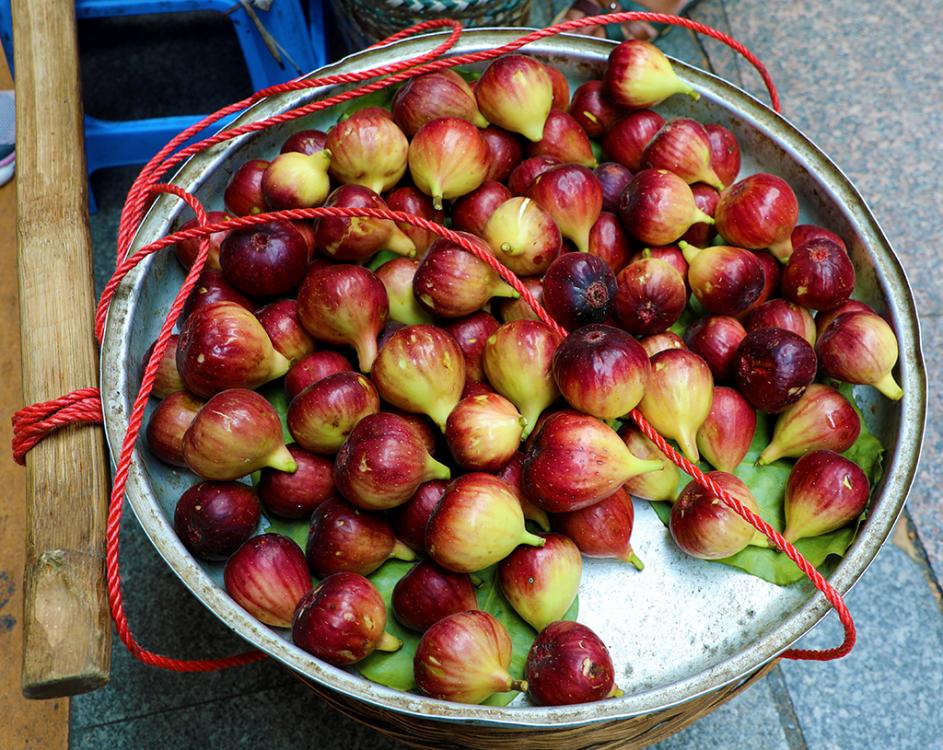
That got me thinking about these, which I've seen many, many times over the last few years. Dried figs.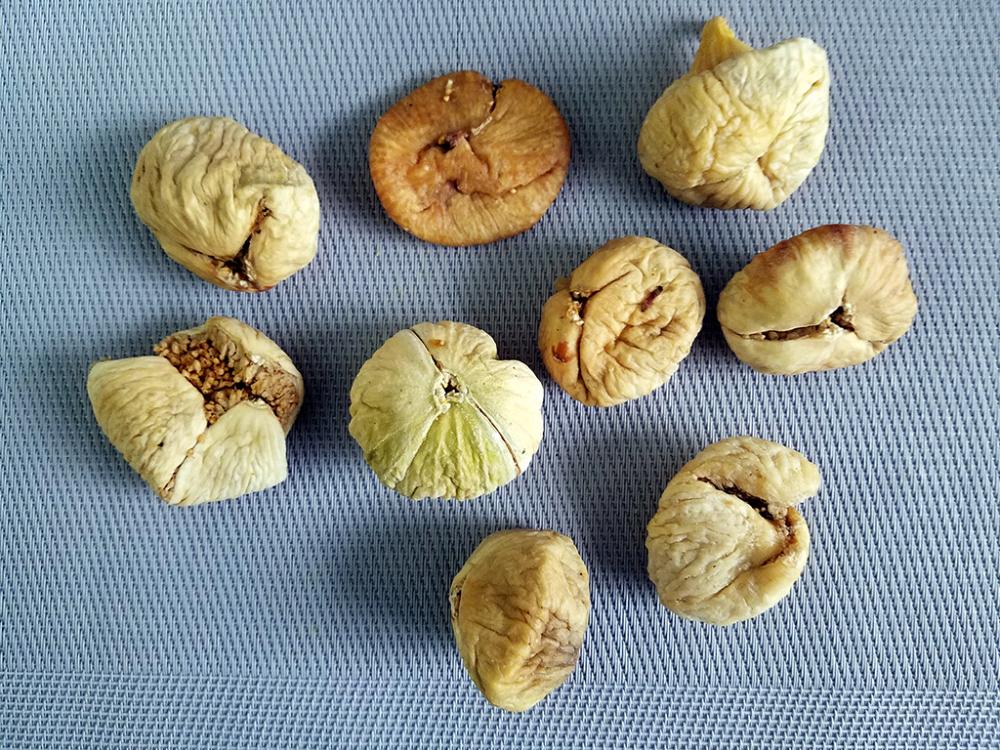
I have no idea how they are used; must find out. I suspect they are involved in TCM (Chinese Traditional Medicine) but don't actually know, but then everything else is.
Interestingly (perhaps), the Chinese name for figs, 无花果 (wú huā guǒ) translates literally as 'no flower fruit'.Dry figs are very common along the Mediterranean basin (where fig is mostly from, historically, and thus it is a way to keep the figs year round since the old days). My dad always had a jar full of them and just pick them as a snack. It is good to see they are available too in China, because I have miss them a bit in other countries and I though it was a very localized product.
I am sure there may be multiple recipes to use them, but I would tell you give them a go in the easiest way, grab them from the peduncle (if any) and eat them, as they are, without the peduncle. Then, if you like them (I am sure you will), it will be easier to you to think about how to cook with them. From my personal experience, i use to put some together with other stuff like dried apricots etc inside a teal before roasting the game in the oven. Surely some more Chinese styled recipes, with pork, may go well too in a sour sweet style?.
cheers
PS-edited: There is "pan de higos" ("figbread"), which is made mostly of figs, not really a bread, rather, crunched dry figs in the form of a "tosta". Very good for using on a hike etc...
-
 1
1
-
-
I would say most parmis all of you have posted here looks much better than the average parmis I have eaten in australia.
While i rather prefer they other way (to put cheese and jamon-other cured meat) inside two slices of meat (veal, chicken, or pork), i have enjoyed a few parmis, and yes, i considered it as a very Australian :).
-
 3
3
-
-
6 hours ago, liuzhou said:
21. 腊肉 (là ròu) preserved / cured meat or fish.
腊 (là) means ‘cured’ or ‘preserved’ and 肉 (ròu) means ‘flesh’ or ‘meat’. Used without further clarification, 肉 (ròu) is always taken to mean ‘pork’’; other meats are given fuller names – 鸡头 (jī ròu), for example, is ‘chicken meat’. 腊 (là) is only used with meats; never vegetables.
I mentioned the top three examples of Chinese cured hams before, in this topic.
Most of the ham/bacon I can buy around here are home cured and from Hunan (Liuzhou borders Hunan province), which is famous for its la rou. Of course, meats can be cured in many ways: dried, dry-cured, wet-cured, smoked etc or in combinations of the above and Hunan uses them all.
Here are just a few examples.
The above are dry cured and lightly smoked. The next two images are of brined and heavily smoked bacon. They have a strong smell and very smokey taste which is typical of Hunan cuisine.
Next we have 晒兰 (shài lán), a very localised specialty, only found in the small town of 沅陵 (yuán líng) in north-west Hunan. The town has large Miao and Tujia ethnic minority populations.
Shai Lan (avocado for scale)
This is a lightly cured (dry-cure) ham, usually cooked with beans and copious amounts of chillies.
Shai Lan with Brocolli Romanesco
More locally, on my side of the border, is the Dong people's town of 三江 (sān jiāng). They also have hams and bacons, but also do a number of others.
Sanjiang cured and smoked duck
Finally, here is some Sichuan la rou.
Winter is, of course, the main time for eating these hams and around October to December, the smell of hams being cured and/or smoked hangs in the air. So, I'll probably return to this come autumn.
First image is what I would call a superb cured top pork!!
If I had it here I would keep it secret from my friends!
cheers
-
1 minute ago, liuzhou said:
I don't think there is any serious argument about that, but Asia is the world's largest continent and has 48 countries (as recognised by the UN).
But the current boundaries are very different after 100' or 1000's years of historical cultures.
Still, when it came to a natural process of ageing etc, for a staple product, it may been developed in different places in an independent way
-
On 7/6/2021 at 8:12 PM, liuzhou said:
I wasn't planning to get to this yet, but since it has come up (my fault entirely) in this topic, I'll deal with it now.
10. 黑蒜 (hēi suàn) - Black Garlic
I guess I first have to address whether or not 'black garlic' is Chinese in origin. The answer is "I don't know." But, neither does anyone else. There are dozens of websites offering to tell you the history of this product; few do. Others make ridiculous claims and yet others just repeat what the ridiculous ones said. Wikipedia, not usually shy of inaccuracies and downright nonsense, just ignores the history completely, only showing this.

The two most absurd claims concern Korea (not that these rule out Korea as the source, just not in these accounts). In 2004, a Korean entrepreneur patented a machine to produce black garlic on an industrial scale. By the time he moved to the USA in 2008, he seems to have become over-excited and started claiming that he invented the stuff! His company is now America’s top supplier. Great marketing, useless history. I know this for a fact! I first ate black garlic in Changsha, China 7 years before he invented it!
Then we have the British garlic farmer who claimed even later to have discovered a 4,000-year-old Korean recipe for black garlic and tried it out. Somehow, he imagined that this meant he had invented it. Sorry mate, but if you discover a recipe and make it, you have invented precisely nothing! Interestingly, he seems to have since lost that ancient recipe and so has never actually produced it in evidence. Very convenient. More marketing BS.Another site mentions that it went from Korea to Taiwan, before being introduced to the rest of the world, including mainland China in 2010. Yeah! Right! And tea was introduced to Britain by Alaskan monks in 1953, after being invented by an Australian sheep farmer in 1412 .
There is credible evidence that the 4th century BC Chinese classic Tao Te Ching (道德经 - dào dé jīng), the ‘bible’ of Daoism, mentions black garlic, although that tome is notoriously difficult to translate. Even Chinese scholars find it very difficult to interpret accurately. There are also plausible mentions in ancient Korean and Japanese documents.
What I do know is that black garlic is definitely sold in China, so I think it can be mentioned here. You have to search it out – it certainly isn’t mainstream, but not difficult to find. The current supply I have is from Shandong Province on China’s east coast, also home to Confucius and Mao Zedong’s wife, Jiang Qing (who committed suicide in prison after Mao’s death) – maybe one of them invented it!
The other main thing to say about black garlic is that, again despite claims on websites which should know better, it isn’t fermented in any accepted definition of fermentation. It is cooked. It is preserved, however.Whole bulbs of regular garlic are held at a temperature of 60℃ to 90℃ in a humidity of 80% to 90% for weeks or even months. You can do this at home using a slow cooker or rice cooker. However, only if you have very tolerant house companions and neighbours. It smells extremely garlicky, especially in the first couple of weeks. Most online recipes suggest processing it in a garage or outhouse, should you have one.
Recipe here.Probably better to buy commercially processed garlic - once done, there is virtually no smell.
The garlic undergoes a Maillard reaction and eventually turns soft and sticky. It loses all the sharp, slightly bitter taste of raw, unprocessed garlic and instead becomes sweet and reminds many people, including me, of balsamic vinegar, but without the acidity.
I get two types. The first, from regular heads, is in the first picture above, but my preference is for this single-headed garlic from SIchuan, 黑独蒜 (hēi dú suàn).

It can be eaten as is or added to salads, stir fries, etc. I like to crush it into mashed potatoes or just serve with rice. Black garlic mayo. Black garlic vinaigrette. The list goes on.
Black garlic cookie, anyone?Very interesting. It may be hard to figure out the actual origin of black garlic, and it can actually be developed in depdently in differentplaces, but to me, it is someting asian.
wipidedia, and claims of who invented dishes, are sometimes funny but also very weird. For example, i have read that Avocado Toast wwas invented last century in Brisbane, Australia. C'mon, 10.000 yars of cultivation f avocados in America, a staple food, called the "poor man butter" by spaniards during the old times when they were there, and really someone can claim in australia to invent the spread of a rippen avocado into a piece of roasted bread, plus some onion, tomatoe (another american vegetable) etc...?
I am very happy to read about origin of products of recipes,specially inconclusive ones, like the black garlic, but any time i came across stuff like the avocado toast debate... i wonder If should stop reading about that kind of historical stuff.
nice thread, BTW.
cheers
Fer
-
 1
1
-
-
Thank you both, @weinooand @liamsaunt. I have check and it is the same species, but with different name, and surely flavors. Likely like it happen in France-Spain, where oysters of the same species farmed in different areas have different flavors etc.... tasting as completely different stuff, and named differently
I really miss oysters with this looking... here in Tasmania, with with quality oysters locally farmed, I cannot get this style.. Here they are super creamy, too much, and as a friend says, they are oysters designed to be enjoyed by non oyster lovers... or as an introduction path to oysters... they are very good, I cannot complain, but they are not the style I had in Europe, and surely, as I see, not in USA.
i attach a bad picture of a plate of oysters, but you may be able to see in the ones not brutalized that they have a long, pale yellow area, which I presume has to be with spawning, that made then too creamy and too sweet for an oyster.
The ones you had is what I would be looking for in oysters....
-
 6
6
-
-
13 hours ago, liamsaunt said:
Last post for this trip. I am back home now. My nephew skipped going out to dinner last night because he had an online D+D session scheduled with his friends. The rest of us went back to Mac's Shack. Oysters
Since my nephew was not present, my husband and I ordered a shrimp toast to share. It was tasty. My brother in law ended up eating most of it though as we were saving room for our entrees.
My niece was not feeling 100% so just opted for a tuna poke bowl. No picture. My brother in law got roasted cod wrapped in prosciutto with crispy kale and creamy grits. He liked this.
My husband got the Ritz cracker crusted bluefish with mashed potatoes and creamed spinach. He said it was fine but not as good as some versions of it that he has had in past years.
And my sister and I both got a special of roasted striped bass with ramen noodles and pickled vegetables. The striped bass was perfectly cooked and the vegetables were nice, but the ramen was quite bland. Luckily I had some sriracha in my purse 😉
So that's it for this visit. We are coming back in three weeks to spend a week in Orleans, which is a town two towns away from Wellfleet. We'll probably be going to all new restaurants to avoid traveling very far from the house. Cape Cod traffic in July is really brutal. We got home in under two hours today, but it will probably take us double that in July. And, we spotted an Alaska license plate on the way out. Nine states to go!
Here are a couple of sunset pictures from other trips to show why it is worth the drive
where the oyster "eastern oysters (Crassostrea virginica)? They look like, and never try them...
cheers
Fer
PS, I assume you are based in the states, thats the reason of asking about the oysters
-
9 hours ago, JoNorvelleWalker said:
I read today that a 1000 year egg has been found in Israel. No tea leaves were harmed in its preservation. Chickens apparently were introduced to the Middle East by Romans. The yolk is being saved for DNA analysis.
With no clue, i would challenge the idea of chickens being introduced to the middle east by the Romans. Chickens, I mean, what we grow for eggs and meat, is the domestication version of Gallus gallus, a species that only lives as a wild species in south east Asia, so thinking of spreading of the domestic fowl, they should have arrived to the middle east before they arrive to Roman. I would see that could have happen to ducks, but i reckon there is also ancient information from Egypt in regards duck consumption (and fattening)
Some other species now considered in the western word, that we have easy access to their eggs, to me only quails came to mind. Still, at least in Europe, it is mostly Japanese quail Coturnix japonica, (a bit larger and more productive in eggs than the european- C. coturnix), and oin other place some quails for North America I reckon are used too for egg production.
cheers
-
 1
1
-
-
4 hours ago, &roid said:
Over this side of the pond my current favourite is Basco - they do loads of speciality Spanish meats and charcuterie. Whole suckling pig, milk fed lamb and (at the other end of the age spectrum) 10-12 year old Galician beef from ex-dairy cows:
It’s been great being able to get hold of interesting food this last year, despite having eaten out maybe only 2-3 times.
This type of meat was commonly sold mislabeled as if it was Ox, and still probably commonly sold as, specially in restaurants. If the cows had an appropriate life, and they have time to rest and feed for some months after being away from the dairy business, I must say they can be better than most ox (castrated male) from similar life circumstances. Alas, "old cow" does not sell as good as "ox" , and it has been in the last decade or decade and a half when people has started to place this meat on value and use their real name...
-
 2
2
-
 1
1
-
-
I think it goes well with bone marrow. One of these types of fatty + delicate combinations.
I can recall in my mind Ferran Adria use to do it... in a couple of searches online you may find how to do, as I never taste that combination.
Personally, If I got that gift, I would go straight to taste and enjoy the champagne...
I wish I were an expert on caviar, but it is far beyond my pocket....
-
 1
1
-


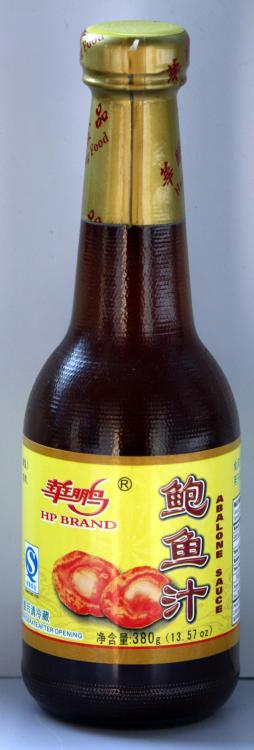
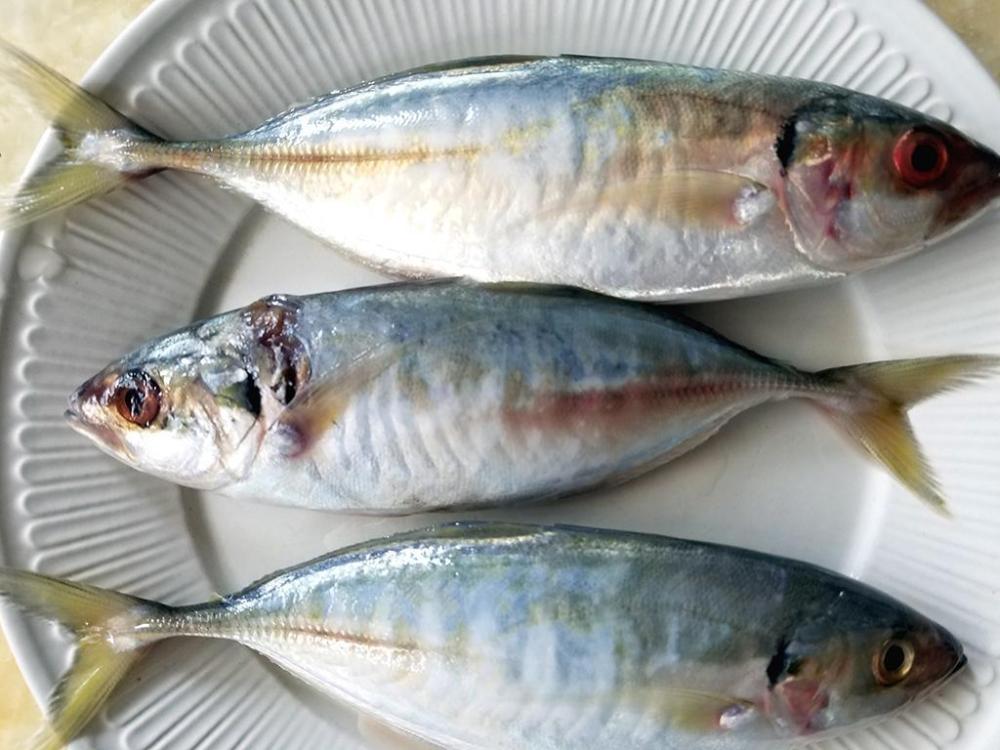


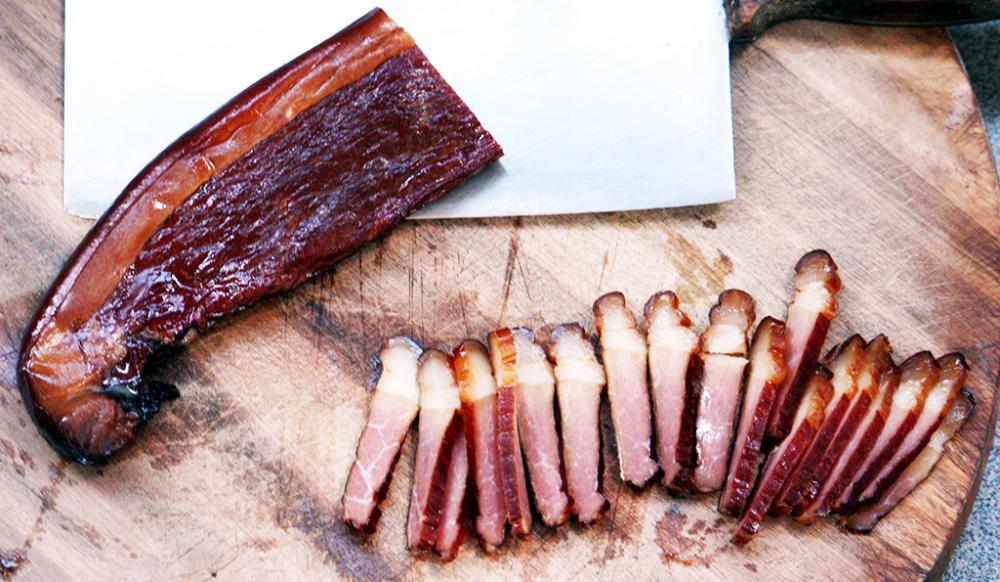

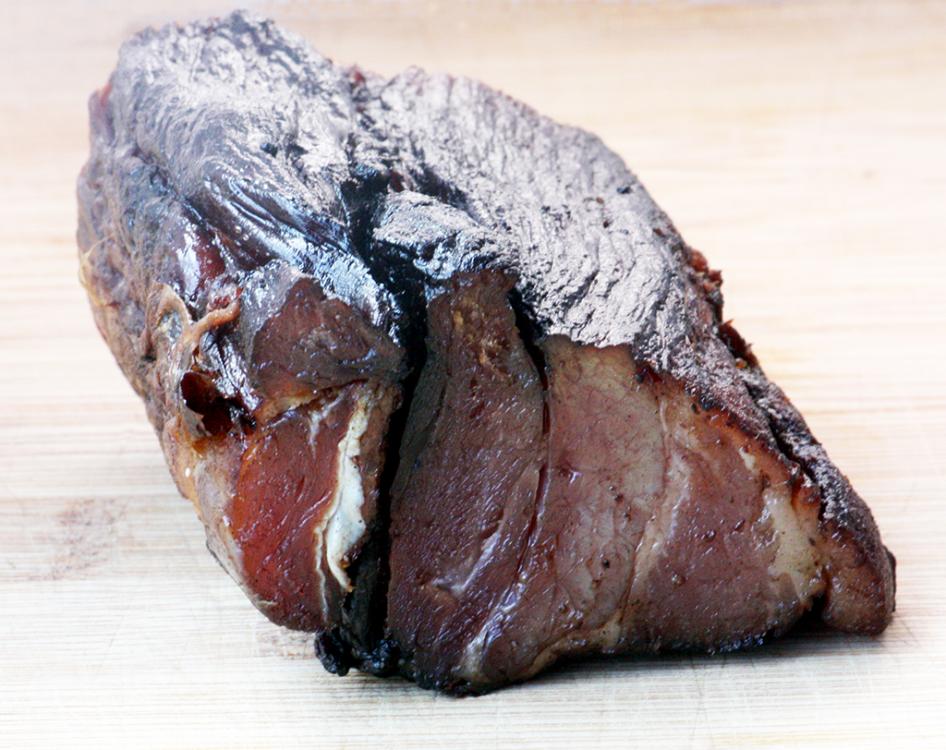
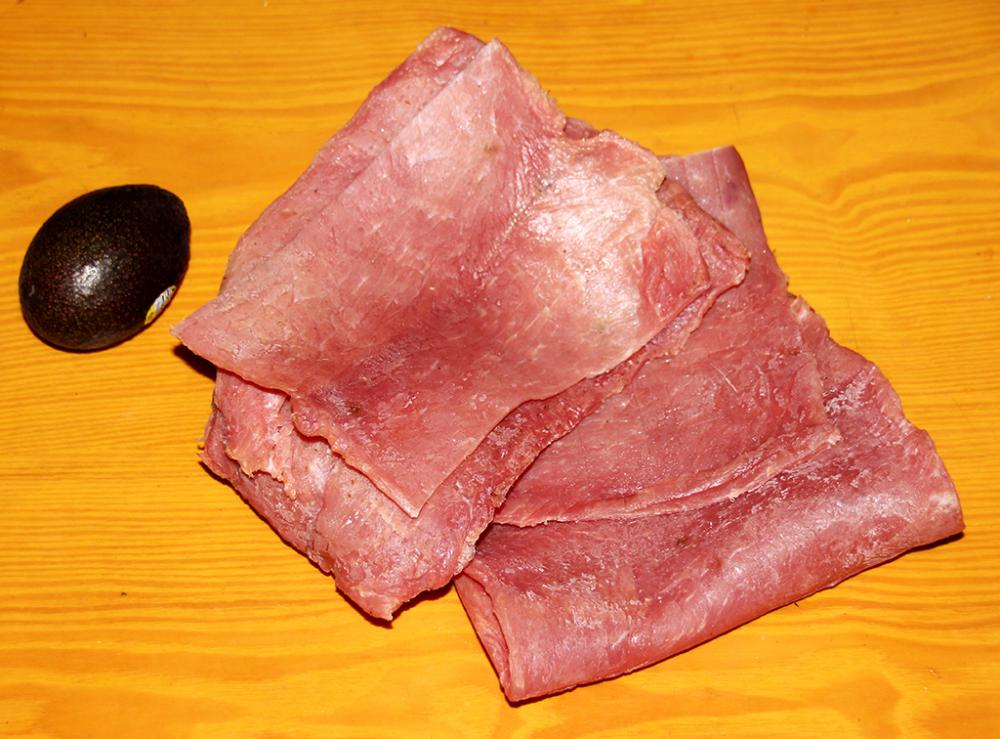
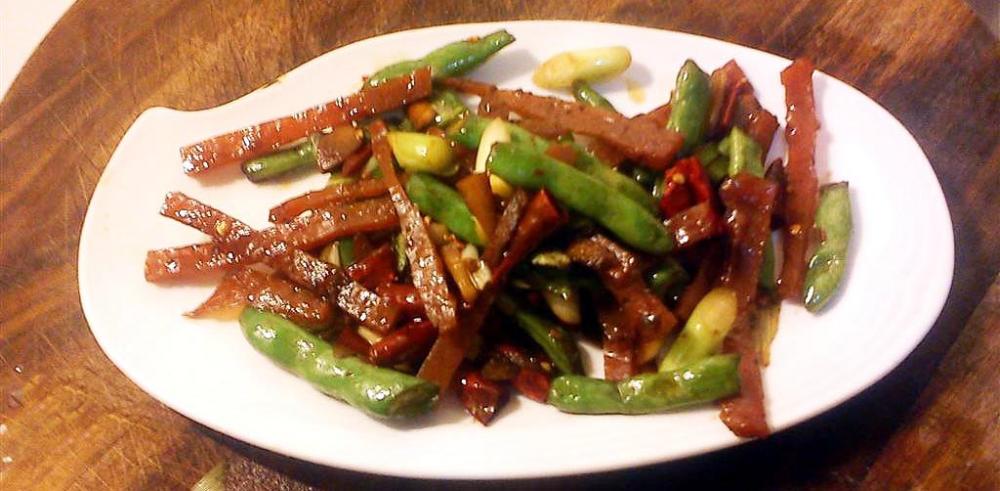
.thumb.jpg.a7e4ff774a88a90c3fceb5b8f43520d8.jpg)
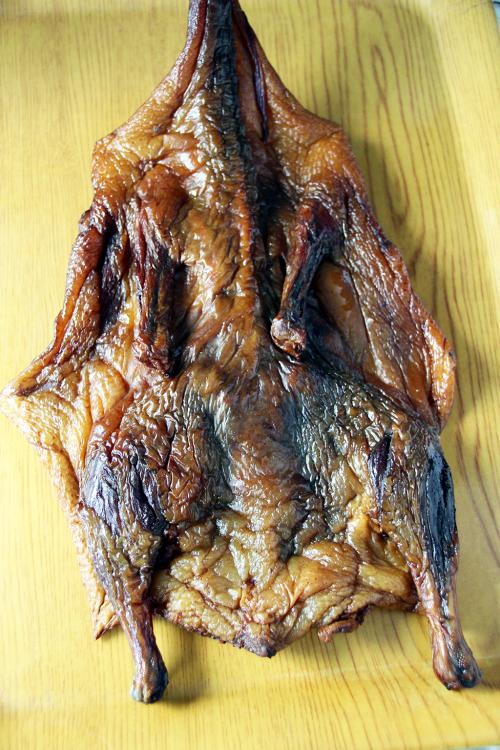
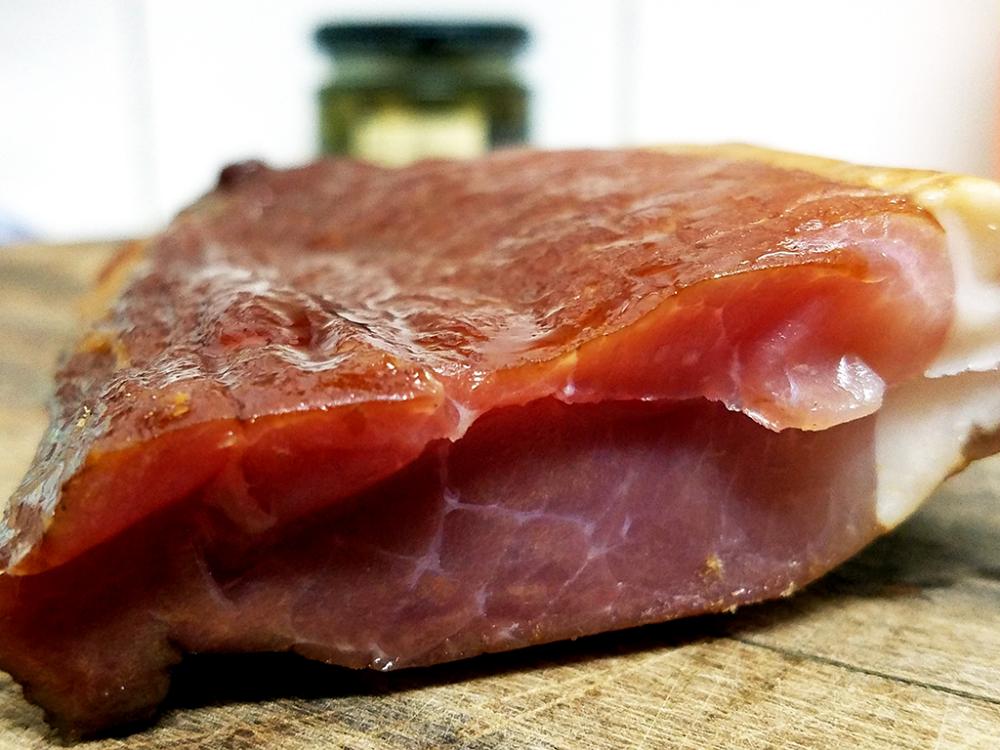

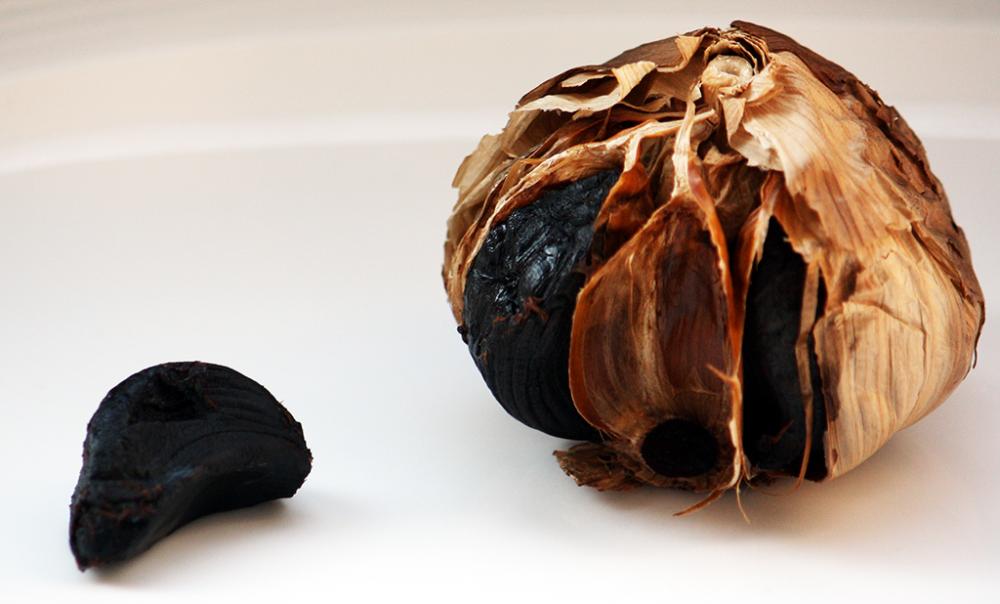
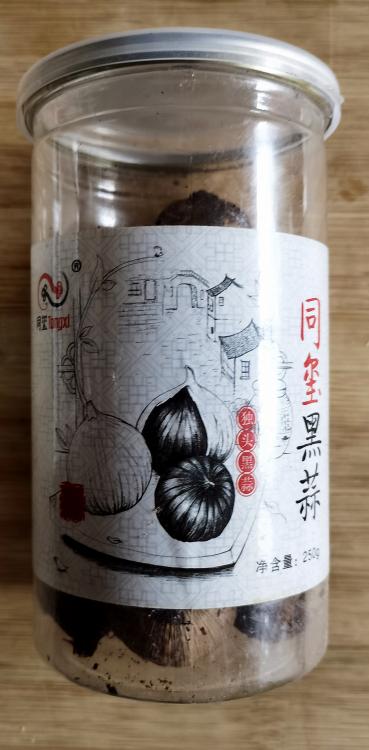

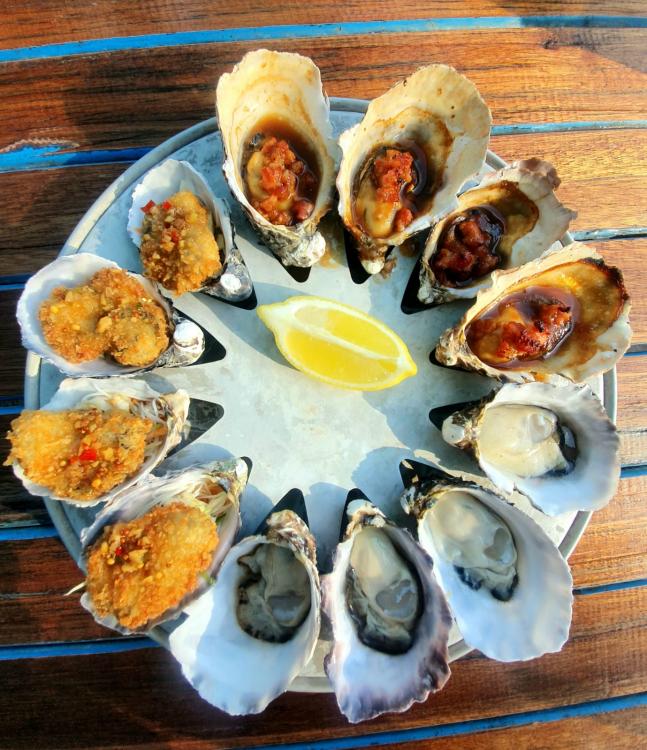
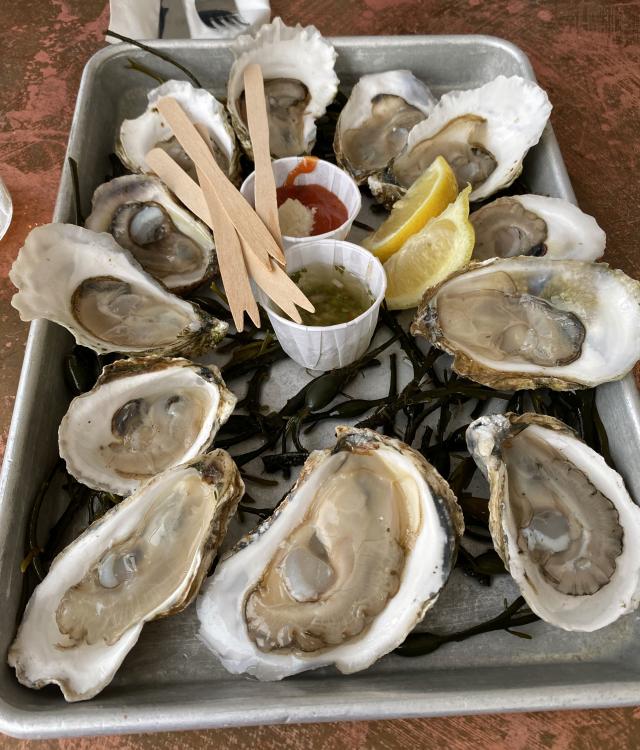
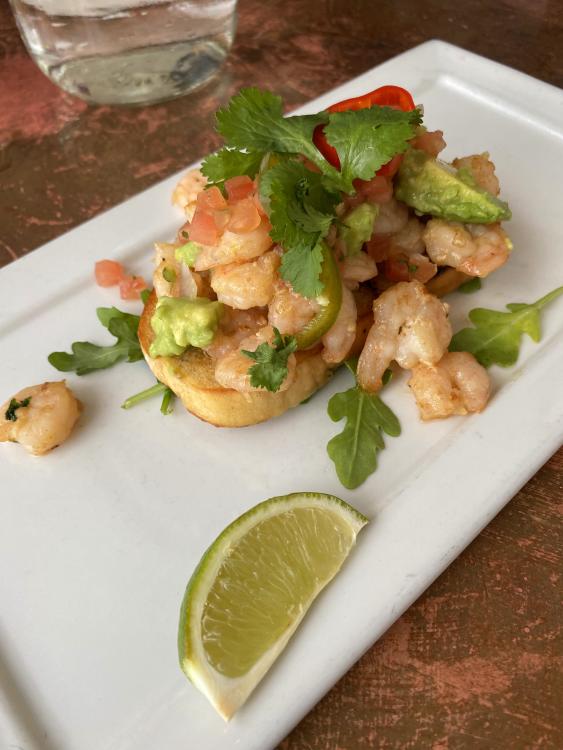


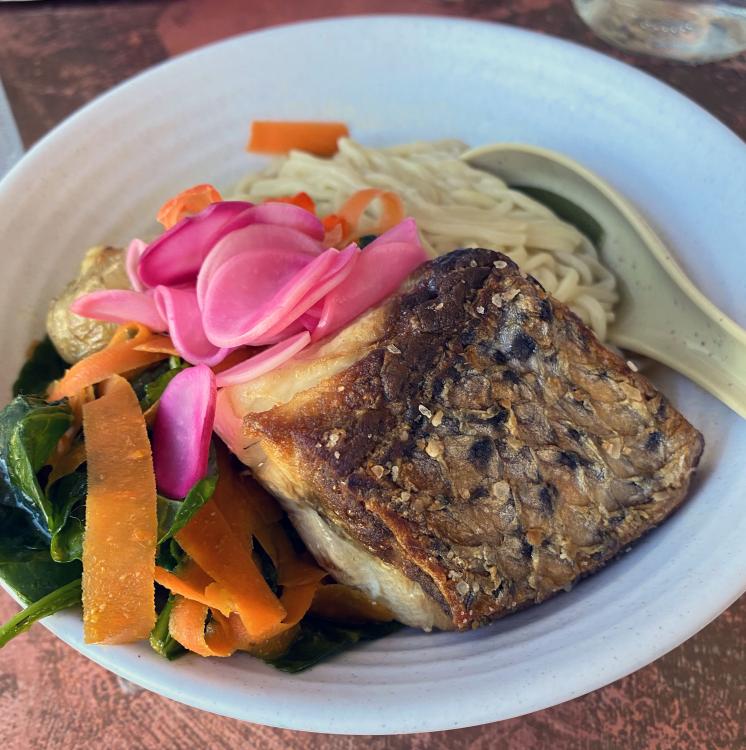



Why is pig meat called "pork"? Why is cattle meat called "beef"?
in Food Traditions & Culture
Posted
That's interesting, but it is more a regional way of speaking... you mention different names based on a regional or spatial separation, not the use of different names for the same thing depending on the use or process...
In Spain, if someone say "res" it means automatically that the person is from America, this word is already known here but is not on use, unless a latin american restaurant want to use it on the menu. But Oveja and cordero are different words with different meaning, as vaca, toro, and buey are too. It is even worse with the pigs, as the number of names rise considerably, cerdo, gocho, puerco, porco, chon, chancho (this one is less used, btw). This are regional differences, no more. The concept, I reckon, is pretty different
Cheers
Fer